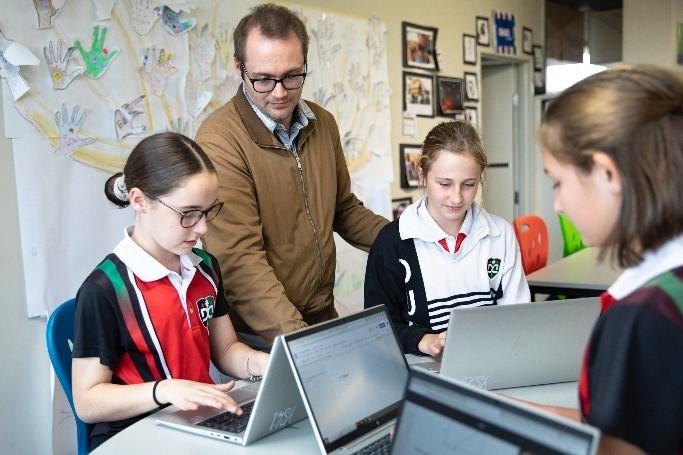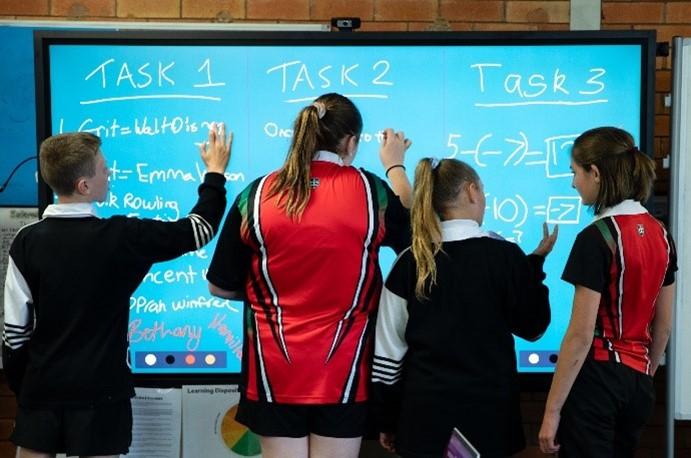The past 16 months have been a time of adapting for all, but no more so than has it been seen in the classrooms. Such amazing versatility, strength and resilience has been demonstrated by teachers, parents and students as they navigated between face-to-face learning and online schooling.
While some schools transitioned relatively easily, many schools in rural, remote and regional areas of the state were challenged by a lack of digital tools, resources and internet connectivity to make it happen.
The good news is that the NSW Government has made significant strides in levelling the digital playing field across the state. This is being made possible by the Department of Education's Rural Access Gap program, which is supported by $365.8 million from the Digital Restart Fund.
This invaluable investment in the digital capacity of rural, regional and remote schools is empowering them with faster internet connectivity, as well as digital teaching and learning tools. This means students and teachers can achieve educational milestones regardless of where they live.
"It seems such a little thing being able to connect to Wi-Fi, but it was such a big deal for us,"said Debbie Pritchard, Principal of Dubbo Public School. "When we heard that we were going to be connected up and have our system improved, it was like a whole weight was lifted off our shoulders. At last, we could access the things that we wanted to access.â
2021 in review
To date the Digital Restart Fund has invested $225.4million into the Rural Access Gap program. The program has so far delivered on four key areas:
-
Enabling digital classrooms through upgraded learning spaces, increased access to teacher and student devices, connectivity upgrades and a move to online file storage.
"Having my own teacher device has really improved the way I do my admin tasks,"said Stacey Barlow, Teacher at Dubbo Public School. "It's helped me to be flexible with where I can use it, helped me to plan my lessons and make them more interactive."
-
Accessing digital tools to support teachers and students in growing digital capabilities.
"As a digital classroom officer, my role is to support teachers in embedding STEM and IT resources authentically within curriculum areas, as well as to support them in relation to workflow and working well collaborating as teams to improve learning in a school environment,"said Lincoln McBroom, Digital Classroom Officer at Wongarbon Public School.
-
Making daily tasks easier by streamlining school management and administration processes and improving the way schools communicate with parents and carers.
"At the click of a button, my admin staff can access Quick Reference Guides to complete any processes, no matter what platform we're using,"said Amanda Hupp, School Administration Manager at Dubbo West Public School. "We can communicate directly with parents at the click of a button and it's an instant response that we can get from them."
-
Leading digital improvements by working with schools to understand and develop their digital maturity and investing in skills development.
"With our new connectivity to Wi-Fi, our supply of devices, personal and otherwise, it has really streamlined our teaching processes and given us access to so many more resources,"Pritchard said. "Already I can see the excitement in the students and teachers in the classrooms."
What we will achieve this year
What the Rural Access Gap program has achieved last year is a significant step forward, but the NSW Government will continue to deliver the program to schools over the next year.
By the end of 2022, 16,000 teaching staff, 217,000 students and 6,500 admin support staff across 1,004 schools will be empowered from having a significant digital boost.
Find out more about the Digital Restart Fund.

